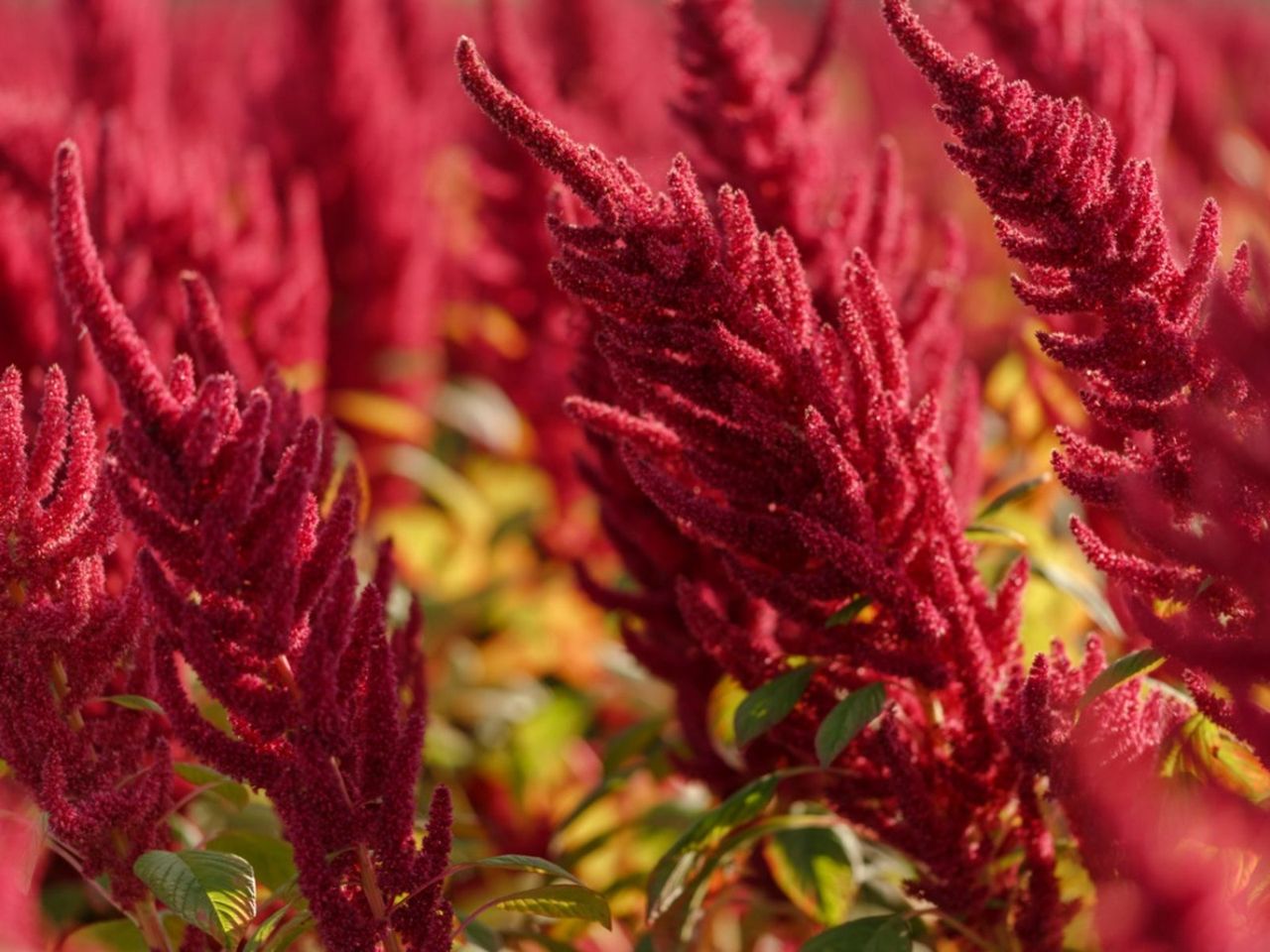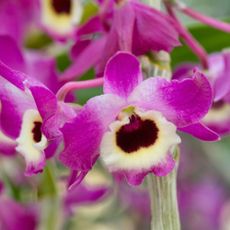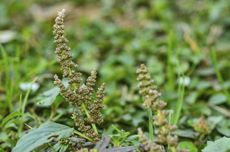Tips For Growing Amaranth For Food


Though the amaranth plant is typically grown as a decorative flower in North America and Europe, it is, in fact, an excellent food crop that is grown in many parts of the world. Growing amaranth for food is fun and interesting, and adds a little bit of something different to your vegetable garden.
What is Amaranth?
The amaranth plant is a grain and greens crop plant. The plant develops long flowers, which can be upright or trailing depending on the variety. The flowers are used to produce the amaranth grain, while the leaves can be used as amaranth greens.
Varieties of Amaranth as Food
When growing amaranth for food, it is best to select varieties of amaranth that work well as a food crop. If you want to grow amaranth as a grain, some amaranth varieties to consider include:
- Amaranthus caudatus
- Amaranthus cruentus
- Amaranthus hypochondriacus
- Amaranthus retroflexus
If you want to grow amaranth plants as a leafy greens, some amaranth varieties best suited to this include:
- Amaranthus cruentus
- Amaranthus blitum
- Amaranthus dubius
- Amaranthus tricolor
- Amaranthus viridis
How to Plant Amaranth
Amaranth plants grow well in average to rich, well-draining soil with equal amounts of nitrogen and phosphorus. Like many vegetable crops, they need at least five hours of sunlight a day to do well. While they grows best in moist but well drained soil, they will tolerate somewhat dry soil too. Amaranth seeds are very fine, so generally, the seeds are sprinkled over a prepared area after the risk of last frost has passed. Amaranth seeds can be started indoors as well about three to four weeks before the last frost date. Once the amaranth seeds have sprouted, they should be thinned to about 18 inches (46 cm.) apart.
How to Grow Amaranth
Once established, amaranth needs little care. It is more tolerant of drought than most other leafy vegetable and will tolerate a wider range of soils than other grain crops.
How to Harvest Amaranth
Harvesting Amaranth Leaves
The leaves on an amaranth plant can be used at any time. Just like other greens, the smaller the leaf, the more tender it is, but larger leaves have a more developed flavor.
Gardening tips, videos, info and more delivered right to your inbox!
Sign up for the Gardening Know How newsletter today and receive a free download of our DIY eBook "Bring Your Garden Indoors: 13 DIY Projects For Fall And Winter".
Harvesting Amaranth Grains
If you would like to harvest the amaranth grain, allow the plant to go to flower. Flowering amaranth plants can still have their leaves harvested to eat, but you may find that the flavor changes after the amaranth plant flowers. Once the flowers have developed, let the amaranth flowers grow fully and watch carefully for the first few flowers to start dying back or browning a bit. At this time, cut all of the flowers off the amaranth plant and place them in paper bags to dry the rest of the way. Once the amaranth flowers are dry, the flowers must be threshed (basically beaten) either over a cloth or inside a bag to release the amaranth grains. Use water or wind to separate the amaranth grains from their chaff.

Heather Rhoades founded Gardening Know How in 2007. She holds degrees from Cleveland State University and Northern Kentucky University. She is an avid gardener with a passion for community, and is a recipient of the Master Gardeners of Ohio Lifetime Achievement Award.
-
 Dendrobium Nobile Orchid: How To Care For This Graceful, Easy-Going Houseplant
Dendrobium Nobile Orchid: How To Care For This Graceful, Easy-Going HouseplantLearn how to care for elegant dendrobium nobile orchids. These undemanding plants make a stunning addition to any orchid collection and are ideal for beginners.
By Bonnie L. Grant
-
 Attract More Pollinators: 8 Best Nectar-Producing Plants For Honey Bees And Other Pollinators
Attract More Pollinators: 8 Best Nectar-Producing Plants For Honey Bees And Other PollinatorsWant to know the core plants you can grow to add beauty while helping beneficial garden friends? Discover the best nectar-producing plants for honey bees and other pollinators
By Tonya Barnett
